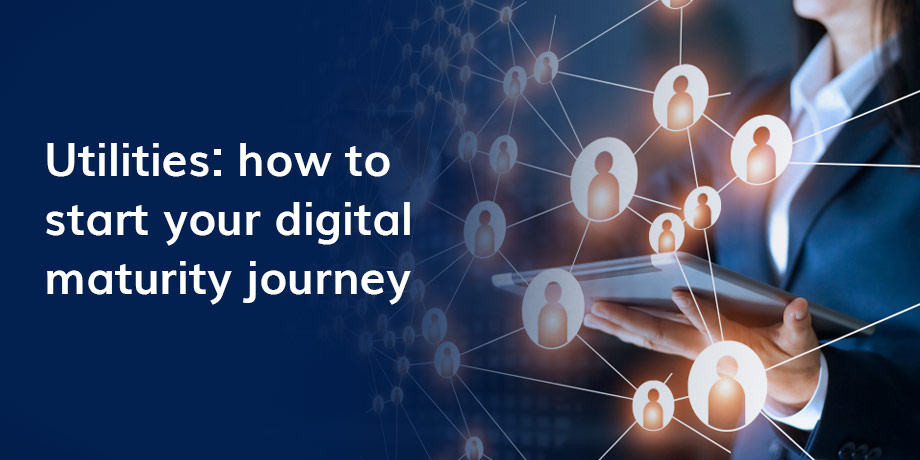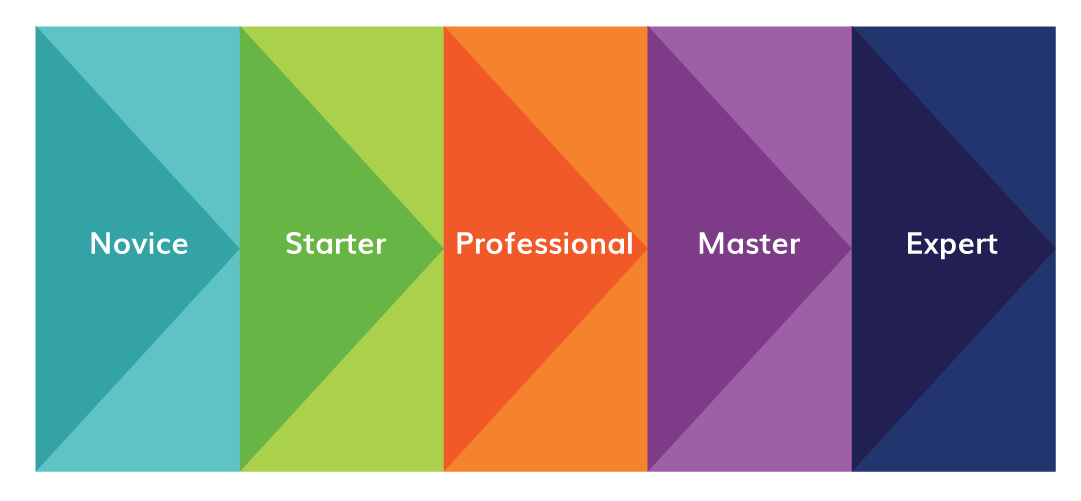
The utility industry has traditionally been a slow-moving one, where inertia and legacy technologies dominate and dynamic innovation gets stalled. However, the digitalization of utilities is finally starting to change that tendency.
Customers are expecting the type of digital services, engagement options, and communication that they enjoy from service providers in other sectors, like retail.
Customer demand, coupled with competition from non-traditional alternative providers (such as distributed generation) has created a perfect storm in the digital transformation of utilities.
Power providers are finally facing the truth that has long-gripped other sectors: they must transform or risk losing their customers.
But, what does digital maturity mean in the utility industry and where is that trajectory taking the key players? Also, how can utilities really bring a focus to their digital communication strategies?
Setting a benchmark
In order to start on the path of improving digital maturity, the utility must first benchmark their current status.
Energy Savvy’s ebook entitled “The State of the Utility Customer Experience” provides a general maturity benchmark that focuses on six key customer experience best practices. The results indicate that the average utility, regardless of the type, is rated as ‘emerging’. This category is defined as “starting to design and invest in a modern customer experience.”
In order to move up on this maturity scale, a utility must focus on updating customer data and systems, mapping key customer journeys, and other activities.
When it comes to the maturity of a utility’s digital communication, the Energy Savvy survey provides some insights through the measurement of best practice in systems, data and analytics, as well as customer engagement.
While a general industry benchmark is useful, each utility must set its own digital maturity starting point.
A digital communications maturity framework
There are many digital maturity models out there that can be used to set a benchmark, but only a few extend to identifying the right strategy to move up the levels.
Striata’s digital communications maturity framework has 5 levels, starting at novice and peaking at expert. This framework works to understand the current status of a utility’s digital communication, and then maps the journey it needs to take to achieve higher levels.

Contact Striata to discuss a digital communications maturity workshop
For forward-looking utilities that want to progress their digital maturity, there are some key areas in which to start. It all comes down to selecting a framework for self-assessment and then asking the important questions.
Here are 4 questions that will kickstart the conversation:
Q1: Who owns the CX strategy?
Too often, different areas of the utility remain siloed, with little to no internal communication and cooperation. The left hand may not know what the right hand is doing. When it comes to customer experience (CX) strategy, this represents a massive missed opportunity.
Disparate ownership of CX strategy and execution is unfortunately common for utilities that are in the early stages of digital transformation. Without a single owner of the CX strategy, utilities will lack the overarching, defined customer journey maps essential to managing customer experience.
If a utility hopes to progress through the levels of a maturity framework, then leadership must:
- Assign ownership of the strategy;
- Identify the current customer journey maps; and
- Define a strategic roadmap for the company-wide CX strategy
Q2: What is the state of paper turn off?
Digitally transforming communications between utility and customer comes with an inherent shift away from paper. But, how the utility goes about reducing paper is key. Done wrong, a utility may inadvertently leave the process incomplete. By declaring success in digital transformation too quickly, a utility risks leaving some opportunity at the table.
Paper turnoff starts as a single paperless strategy- in which there is one touchpoint that has moved from paper to digital. Progressing up the levels means defining and executing a full multi-channel strategy to take all utility communication paperless.
Q3: What digital communications are customers currently receiving?
Identifying and documenting the digital communications that customers receive is an important part of the benchmarking process. This assessment requires an honest review of all aspects of digital communication: tone, design, frequency, consistency.
It also involves engaging with customers; they know best what information they want and can say when something is missing.
Q4: What can customers do via your web portal?
To date, much of the focus of digital services has been on the web portal, where customers can view the type and quantity of the services they’ve received, the active rate, the final bill, and options for payment. Some portals extend to interactive graphs and tables that display trends over time and energy use comparisons with neighbors.
Having this functionality is great, but are customers using it? Part of the self-assessment is to define the most important functions for self-service and then overlay the actual usage. This will help to distinguish between which functionalities the business thinks is valuable versus those that customers are actually using. Then plan the best way to deliver the services that customers really want – giving them a choice of digital channel that extends beyond the portal.
Getting started – what are the next steps?
It’s important to recognize that a digital maturity benchmarking is a critical first step towards what is going to be a long, but rewarding, journey. Having a defined starting point helps to uncover the low-hanging fruit and quick wins that can motivate and encourage the digital transformation team.
Having a maturity framework to work within will help to track and report progress for the leadership, stakeholders, and customers alike.















